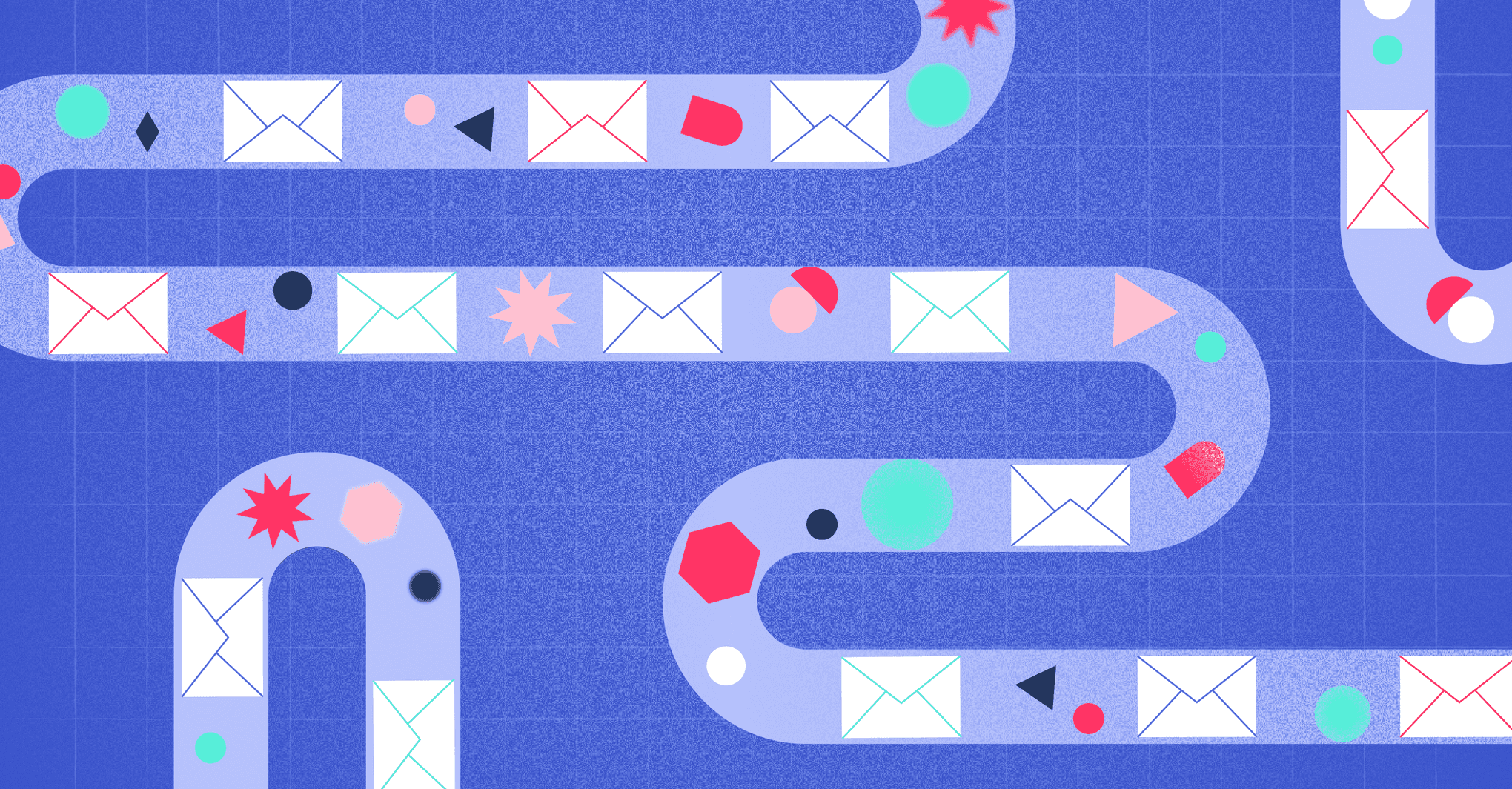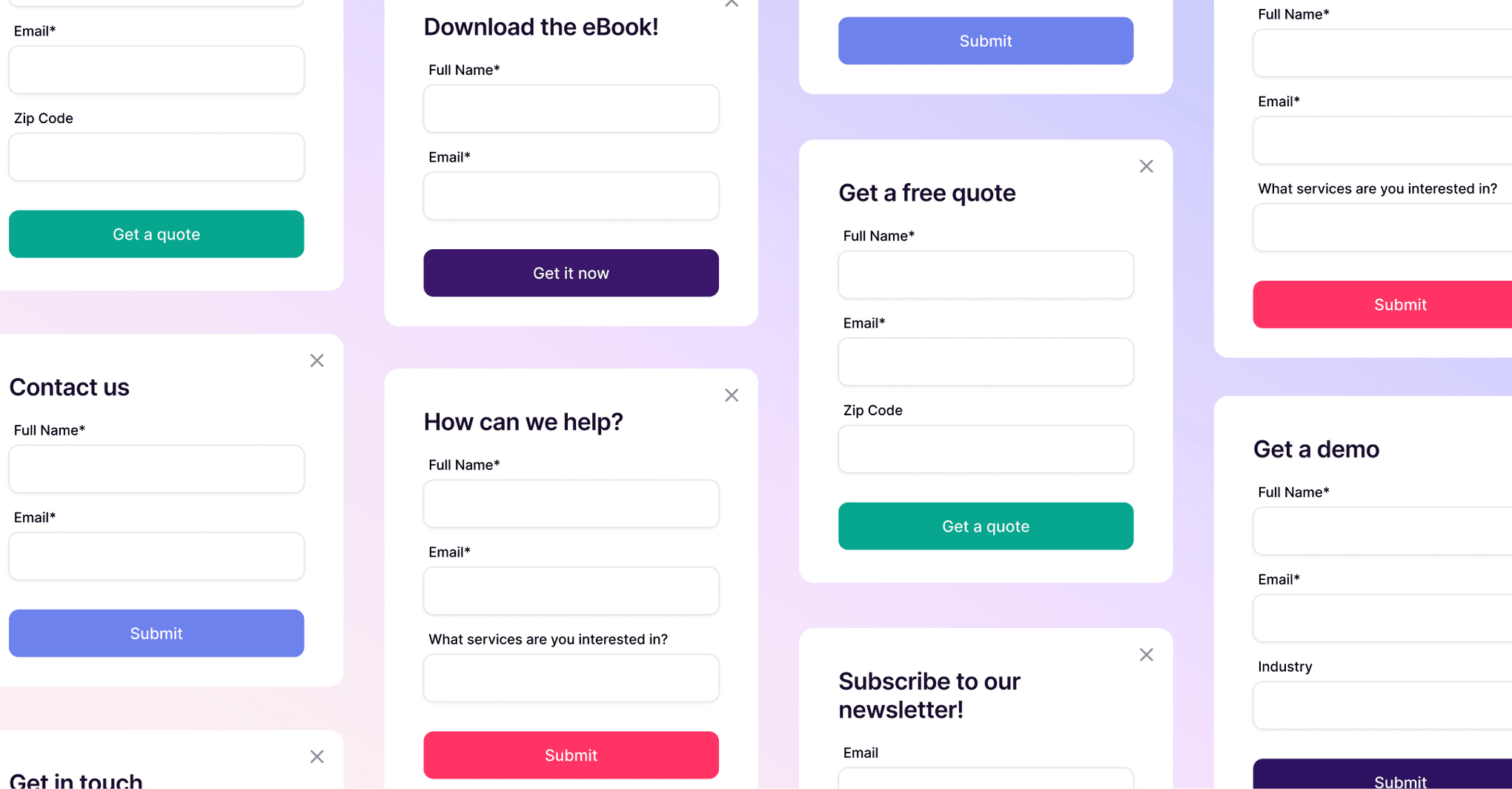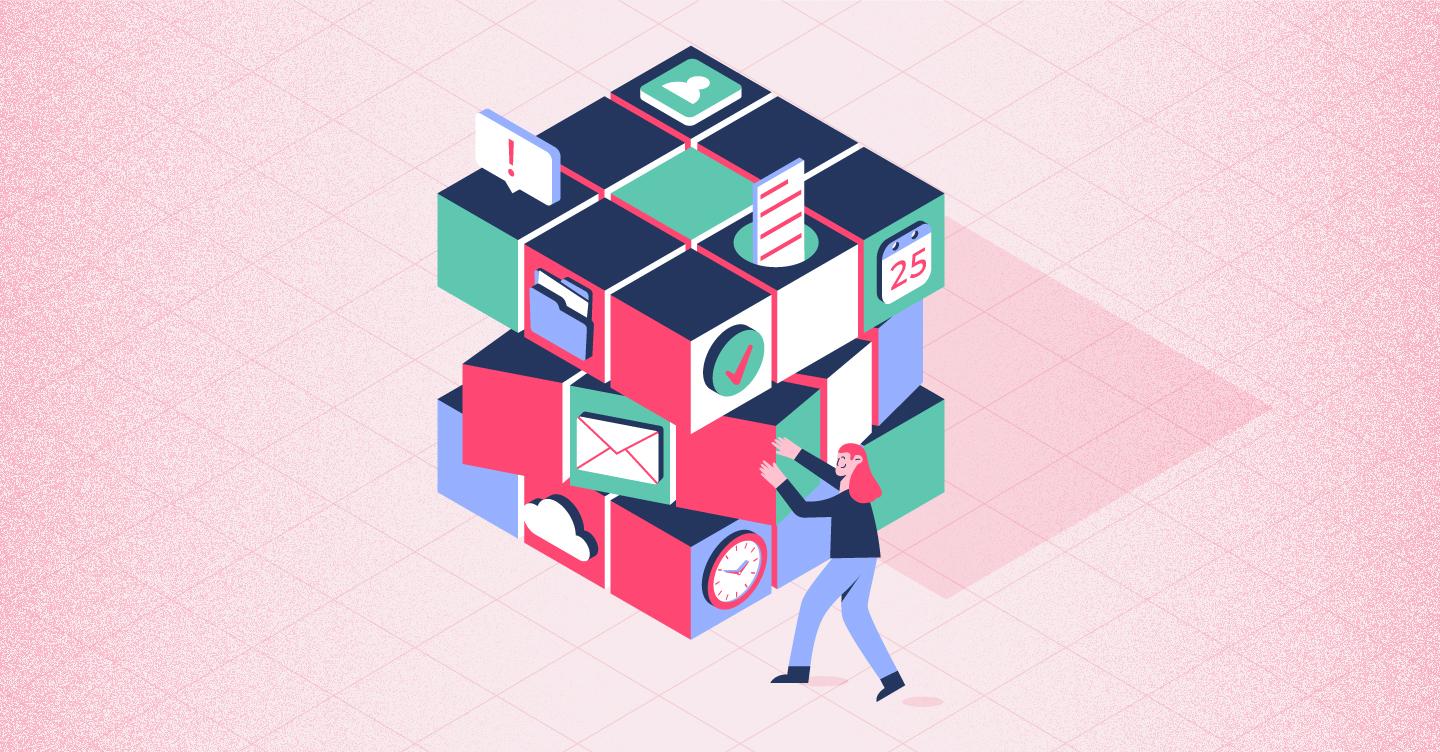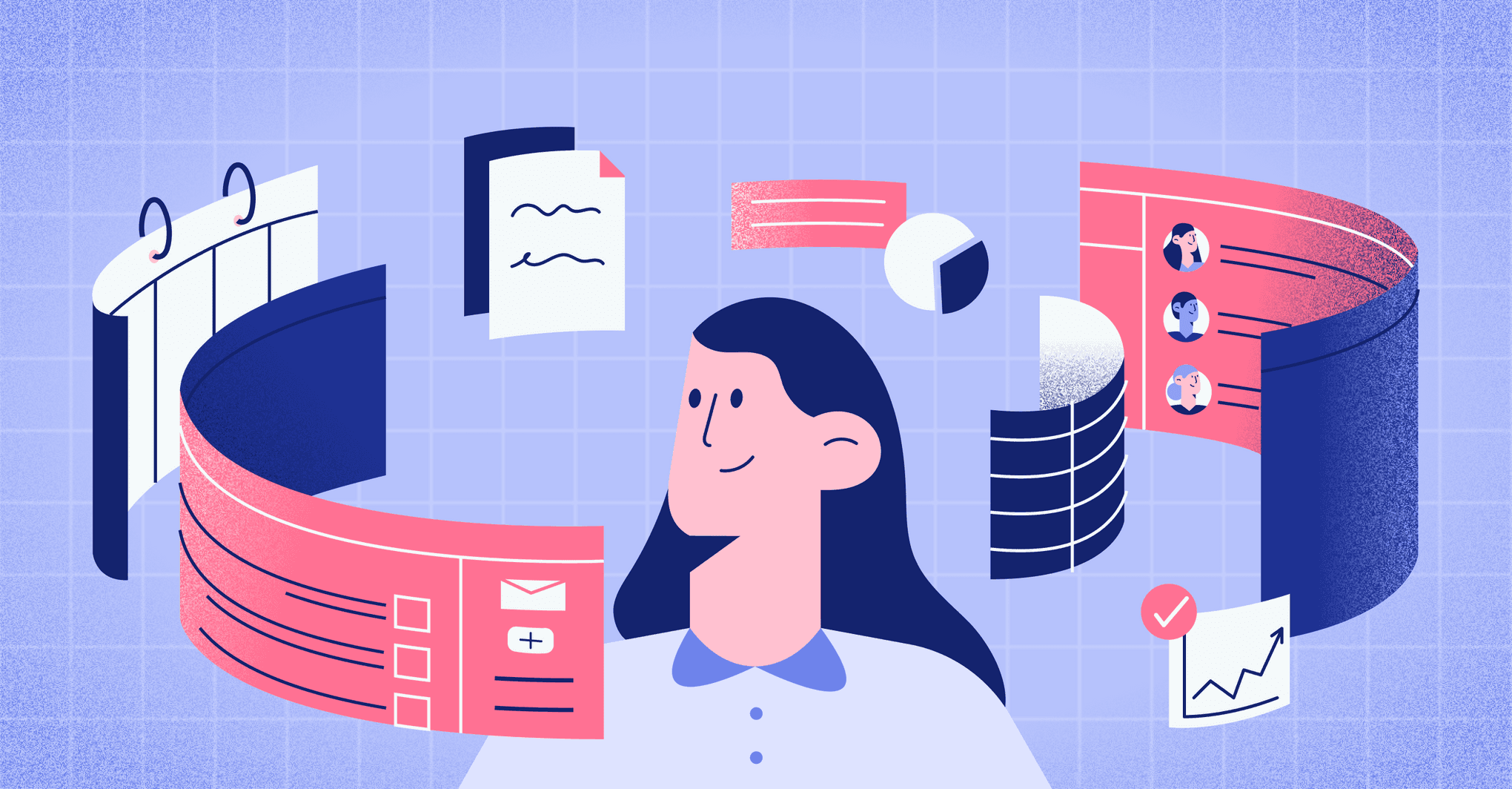Perri Gutteridge
VP of Customer Success
If you’ve ever felt the sting of a customer walking away, you’re not alone. Every business, no matter how great their product or service, faces the challenge of churn.
But here’s the thing: it’s not just about churn—it’s about losing clients that you’ve worked hard to win. Clients who had potential. Clients who could have stuck around. Clients who just needed a better experience to stay.
So how do you avoid losing clients in 2025?
It starts with a shift in mindset. Retention isn’t the job of one team—it’s everyone’s job. From sales to onboarding to support, each touchpoint shapes how a customer feels about working with you. The good news? You don’t need a dozen strategies. You just need the right ones—backed by action.
We’ve pulled together 7 strategies that we keep coming back to
These are the ones that help us build real relationships, not just transactions.
So, if you want to keep good clients happy, catch red flags early, avoid losing customers, or just stop feeling like you're always putting out fires, this one's for you.
1. Remember that Customer Success starts even before the sale
Hot take: if you think customer success kicks in after the deal is signed, you’re already behind.
In our world, customer success starts before the ink’s dry. Before the pitch. Before the proposal. It’s baked into how you listen during discovery calls, how you reflect back a client’s goals, and how clearly you set expectations from the jump. Because that early clarity? That’s what sets the tone for a smooth (and churn-resistant) journey later on.
At Copper, we treat customer success like a thread from first touch to renewal. Sales captures pain points, timelines, and outcomes in the CRM, so Success can pick up with full context and keep momentum going.
And it doesn’t stop at onboarding. We track usage, flag risks, and check in before things go quiet—so renewal isn’t a scramble, it’s just the next step in a relationship that’s already working.
Consultants, agencies, creatives—you can do this too. Log client goals early, share context across teams, and turn project wrap-ups into handoffs for what’s next.
Because when you treat Customer Success as a whole-journey thing—not a post-sale add-on—you stop losing clients who felt amazing at the start... and forgotten by the end.
2. Treat onboarding like the start of something special (because it is)
Here’s a little tough love: if your onboarding experience feels rushed, vague, or “figure-it-out-yourself,” you're halfway to losing that client already. First impressions matter—and in this case, they stick.
That’s why onboarding needs to be consistent, personal, and just a little bit magical. In fact, 86% of customers say they’re more likely to stay loyal to a business that offers tailored onboarding.
With Copper’s Pipeline email automations, it’s easier than ever to give every new client the warm, confident welcome they deserve. With just a little setup, you can make sure every new client gets:
A friendly, on-brand welcome email to kick things off
Direct links to intake forms, setup guides, or helpful docs
A clear timeline or kickoff agenda that sets expectations early
Intros to their account manager, project lead, or key contacts
Our onboarding flows are customized, guided, and supported with Pipeline-triggered emails that show up right when a customer needs them (hello, perfect timing).
Typically, these onboarding emails go out automatically when a deal moves to a “Won” stage—or a custom stage like “Contract Signed,” “Kickoff Ready,” or “Discovery,” depending on how your Pipelines are set up.
Onboarding sets the tone for everything that follows. When it’s smooth, clients stick around. When it’s clunky or slow? That’s when churn starts creeping in.
3. Create value at every stage of the journey—not just the beginning
If you want to know how to lose clients, here’s the recipe: make a great first impression, get through onboarding, deliver a few wins—and then… go quiet. It’s one of the most common missteps in client relationships, especially for agencies and consultants who are sprinting from one project to the next.
But here’s the truth: retention doesn’t live in kickoff calls and launch parties. It lives in the in-between.
It’s about what happens after the campaign goes live. After the deliverables are handed over. After you send the strategy deck. If you’re not checking in, not finding new ways to add value, not tying your work back to their goals—you’re giving your clients a reason to look elsewhere.
This is why building value into every stage of the customer journey is one of the best ways to avoid losing customers. For example:
You could set up automated reminders to send a check-in 30 days post-delivery with results, insights, and a “here’s what’s next” suggestion tailored to their goals.
Maybe you notice they haven’t used that new brand guide yet—why not trigger an AI-personalized email that says, “Hey, want a quick walkthrough video on how to roll this out across your social content?”
Or maybe it’s as simple as sharing a quarterly trends report that positions you as the strategic partner they didn’t know they needed.
Using Copper, you can map out this journey in Pipelines with stages like onboarding, strategy in progress, delivery, post-delivery support, upsell opportunity, and more. Then you can automate touchpoints along the way—whether that’s a thank-you email after wrap-up, a follow-up checklist after a big launch, or a quarterly review deck that shows them exactly how their business is evolving.
The bottom line? Showing up only at the start or only when it’s time to re-sign the contract isn’t enough. If you’re serious about keeping your clients (and growing with them), show them that you’re invested in the full ride—not just the shiny parts.
Copper tracks every customer interaction plus important documents and notes. Tag co-workers, and get notifications when someone tags you back.
4. Spot the real problem—because solving the wrong one won’t get you very far
Truthfully, clients don’t always show up with the real problem. They might say, “We need a rebrand!” or “We want more leads!” But if you don’t dig deeper, you risk delivering a polished solution that misses the mark.
That’s how client churn happens. You give them what they asked for, not what they needed—so when results fall flat, they quietly move on to your competitors
At Copper, we make it a habit to clarify the core challenge, not just during onboarding but throughout the relationship. We log pain points, goal shifts, and priorities directly in the CRM using custom fields and tags—so we’re never guessing what matters.
Agencies, consultants, creative teams—you can do the same. Track the surface ask and the root issue. “More leads” might really mean “no follow-up system.” “New content” could be “no clear brand voice.”
And revisit that regularly. Asking “Are we still solving the right thing?” is a powerful way to stay aligned, show you’re in it for the long haul, and prevents you from losing customers to your competitors.
The better you are at identifying the real problem, the easier it is to prove your value—and the harder it is for clients to imagine working with anyone else.
Get the latest from our blog every month
5. Be personal and personable
Look, nobody wants to feel like just another ticket in a queue. If your emails sound like they were written by a toaster, you’re not just missing a chance to connect—you’re inching closer to losing that client.
People want support that gets them. That remembers what they care about. That follows up, checks in, and doesn’t start every convo from scratch.
At Copper, being personal and personable isn’t just a nice-to-have—it’s how we build relationships. It’s baked into everything we do.
That’s why we don’t just automate communication—we personalize it. Our AI-generated templates pull in relevant details based on the client’s role, industry, and recent interactions, so every message feels like it was written for them. Because it was.
And when a client tells us their goals during onboarding? We don’t just jot it down. We log it, tag it, and make it visible to everyone—from Sales to Success. So when someone follows up with, “Hey, you mentioned wanting to automate reporting—ready to take that next step?” it’s not a guess. It’s continuity.
Real relationships are built on remembering the details. And for us, that’s always the priority.
6. Losing customers? Don’t panic—get curious
Every lost client is a chance to learn. Instead of scrambling to save the deal, ask why it slipped in the first place—was it timing, expectations, or something you could’ve done differently?
At Copper, we track “Loss Reasons” in the CRM to spot patterns early and improve how we support customers. You can do the same. Add a field in your CRM, ask during exit conversations, and look for common themes. The more you understand why clients leave, the easier it is to stop it from happening again.
In fact, teams that take this seriously often see more than just fewer losses—they see real growth. According to Recurly, businesses that invest in tracking and addressing churn drivers experience an average 8.6% revenue lift in their first year. Why? Because retaining even a handful of clients who were on the fence can translate into thousands in saved revenue.
If you're serious about learning how to not lose clients, this kind of insight is gold. It helps you fix gaps in your process, refine communication, and ultimately deliver a better, more consistent experience.
And here’s the bonus: when clients feel heard—even on their way out—they're more likely to respect your business, refer you to others, or even come back later. Learning how to not lose clients isn’t just about avoiding churn; it’s about building relationships that last.
7. Empower your customers through education
You work hard to deliver a great solution—but are you putting in the same effort to keep customers engaged?
Educational resources are one of the most overlooked tools for retention. When customers understand your process, your product, and how to succeed with it, they’re not only more likely to stick around—they’re more likely to grow with you.
Your content—email sequences, blog posts, webinars, guides—shouldn’t just inform. It should teach. Templates, checklists, live trainings, even short walkthrough videos can turn a passive user into an active advocate.
At Copper, we offer free webinars to help users master their CRM setup, plus a self-serve Help Centre for quick answers and deeper learning. These resources empower customers to solve problems on their own—and confident customers don’t churn.

Bonus: When your customers can educate themselves, your Success team can shift from answering FAQs to identifying real growth opportunities.
Stop losing clients—and start building stronger relationships
Losing clients isn’t random—it’s usually the result of missed signals, misalignment, or missed opportunities to stay connected. But the flip side? When you know how to not lose clients, you can turn those moments into real growth.
We hope the 7 strategies we’ve shared—ones we use at Copper every day—help you build deeper, longer-lasting client relationships. From proactive onboarding to personalized follow-ups and education that empowers, each one is designed to help you stay ahead of churn and keep delivering value where it counts.
If you're ready to stop losing clients and start scaling relationships that last, try Copper free for 14 days. It's time to build a customer experience that keeps people coming back.






